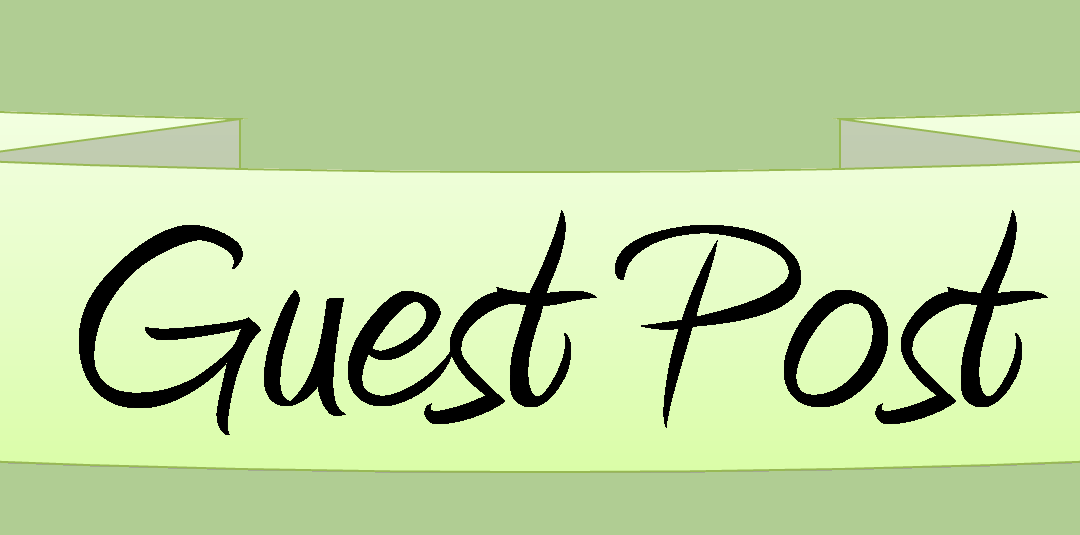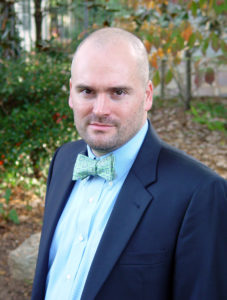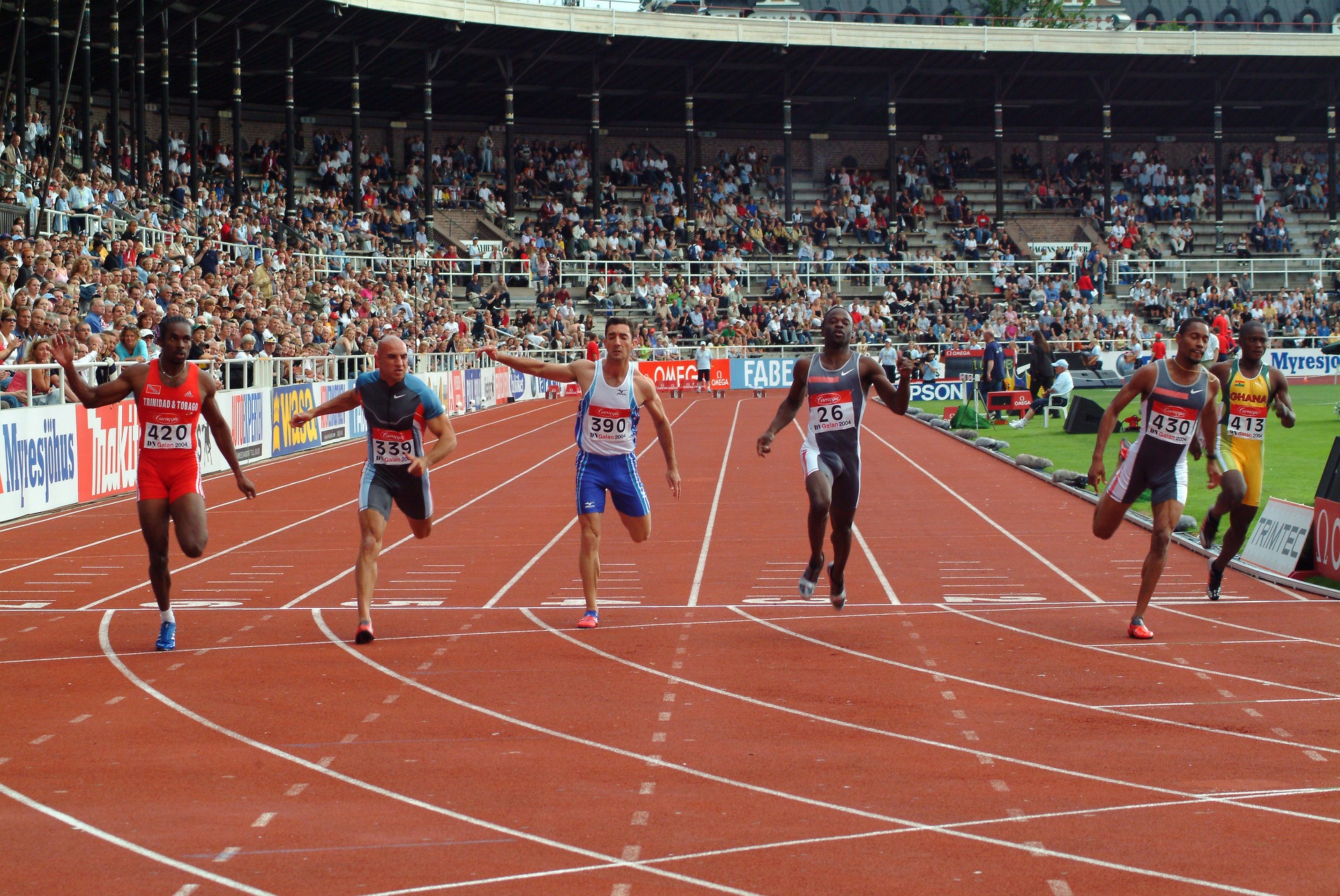I was one of those early readers your child psychologist warned you about. All my pals lived between the pages of books. My first such friends were a sweet-spirited pig, an ingenious spider, and a rat with an attitude. I read E.B. White’s classic, Charlotte’s Web, when I was … well, really young. I won’t tell you my age. You wouldn’t believe me.
What I remember most wasn’t the events of the story. It was crying for four straight hours when I finished it. I wailed until my grandmother came downstairs and asked my mom, “What’s wrong with him?”
And so for the first, but definitely not the last time, my mother answered that question with the phrase, “His book ended.”
What could be sadder, huh? Humans are story beasts. We consume stories as hungrily as we do steak and potatoes. Despite (because of?) the modern world’s reliance on data, the power of the narrative continues to shape culture – informing us what to buy, what to wear and who to vote for.
Are you a non-profit fundraising writer or an advertising copywriter looking to write compelling text? Choose the narrative. It will accomplish what you set it free to do. A narrative strategy that has worked for me in business and professional writing is one that appears in the Hebrew Bible, the letters of St. Paul, Beowulf and the Harry Potter series – Ring Composition.
 Ring Composition is a form of literary structure that makes your text compelling and readable. It takes two ideas and arranges them into the following pattern: ABBA. Like the Swedish rock group, but I digress.
Ring Composition is a form of literary structure that makes your text compelling and readable. It takes two ideas and arranges them into the following pattern: ABBA. Like the Swedish rock group, but I digress.
The first idea (A) introduces and closes the piece. The second idea (B) is repeated twice in succession. The pattern can be recurrent and can be expanded – ABCCBA, or even ABCDCBA with multiple ideas leading to and then away from a central concept. Unlike an essay, your central point falls in the middle of the text not at its culmination. Forget the old line graph model of a text. Think of it as a strand of DNA, circling itself, but headed in one direction.
Ring Composition originated among the ancients when most stories were orally transmitted rather than privately read from a book. Ring Composition gave the story its cadence, which helped the storyteller remember the order of events.
Genesis 26:34 – 29:9, the Jacob marrative, offers an excellent example of Ring Composition with a central theme – deception uncovered – occurring smack in the center before the storyteller wends his back through the events in reverse order. In the beginning, Esau is the son of his father’s favor. The story leads through deception to the climax and then back to its origination point – the father with his son of blessing. Only it’s a different son this time. Now, Jacob has wealth and blessing and Esau has nothing. Rather than putting the crisis at the beginning or the end, the storyteller inserts his crisis, his moment of change, in the middle.
Try it. Put the change point in the middle of the story you tell in your non-profit’s appeal letter or your advertising copy. Wend your way back to the beginning.
Confused about what your crisis moment is in advertising copy? Here it is: when the reader intervened.
Your story’s hero is your reader. Its crisis is the moment the reader made a decision to give, buy or volunteer.
For non-profit fundraising writers, the lowest emotional point of your story occurred just before your donor arrived on the scene. That means the first half of your thank-you letter retells the exact same story you used in your request. You’ll arrive at the crisis, the incendiary moment, in the middle of the letter. For example, “This is how bad things were for a family living under the bridge. But then YOU came and changed everything.”
When you are writing with Ring Composition, stick the main point in the middle and don’t repeat it. With repetition comes deafness. Make your main point once, and leave it alone.
Once you create a crisis, echo your plot points from the center back to the beginning; this is the “BA” in “ABBA” or the “CBA” in “ABCCBA.” This last half is when the reader is most engaged, seeing herself as the hero who takes action to change things – whether that’s by donating to your charity and changing a life or buying your product and improving her family’s well-being. The last half of your ring-structured narrative should consistently build your reader’s emotional engagement.
One warning: Never make yourself, your client or your organization into the story’s hero. You are incidental. Your text is a story about a descent into something bad (for ad copywriters, that might be using rough toilet paper instead of your client’s softer option), a hero’s intervention (which feels like the reader’s own intervention), and a climb back up the same slope they descended with help from the hero-reader.
The Harry Potter story is ring composition in a class by itself. Harry’s crisis moment occurs in the middle of each book and the middle of the series with the story echoing itself from the crisis to the conclusion. It’s a novel instead of advertising copy, so Harry is clearly the hero of each book and of the series, but the plot itself resists moving outside this structural boundary. The story’s Ring Composition gives the reader an unconscious map by which to navigate the magical world.
Your advertising or fundraising copy, using narrative structure, can capture your reader’s imagination and compel her to take action. Let the crisis fall in the middle of your story, build backwards and watch your reader’s interest – and potential investment – grow. You may even follow in the footsteps of that dear old spider Charlotte, an unparalleled advertising writer, whose web-woven work followed a little Ring Composition theory itself. Don’t believe me? Read her words again. Be sure to bring tissues.
About Holland Webb
I love telling the stories that people put down so they go take action. I’m an advertising copywriter by day, an aspiring novelist by night, a parent, a dog-lover, a prison volunteer and a follower of Jesus.







4 Comments
Holland, I work for a non-profit. This article helped me tell our story better. Thank you.
Welcome to A3.
I’m glad it was helpful, Cherrilynn. Keep up the good work!
Great advice! I will remember this the next time I draft a fundraising letter for the Library. But I’d love to hear more about this applied specifically to a book query or ad.
Thank you. Writing a fundraising letter for a library sounds like a lot of fun. When we talk about book queries or ads, are we talking about non-fiction books or novels?